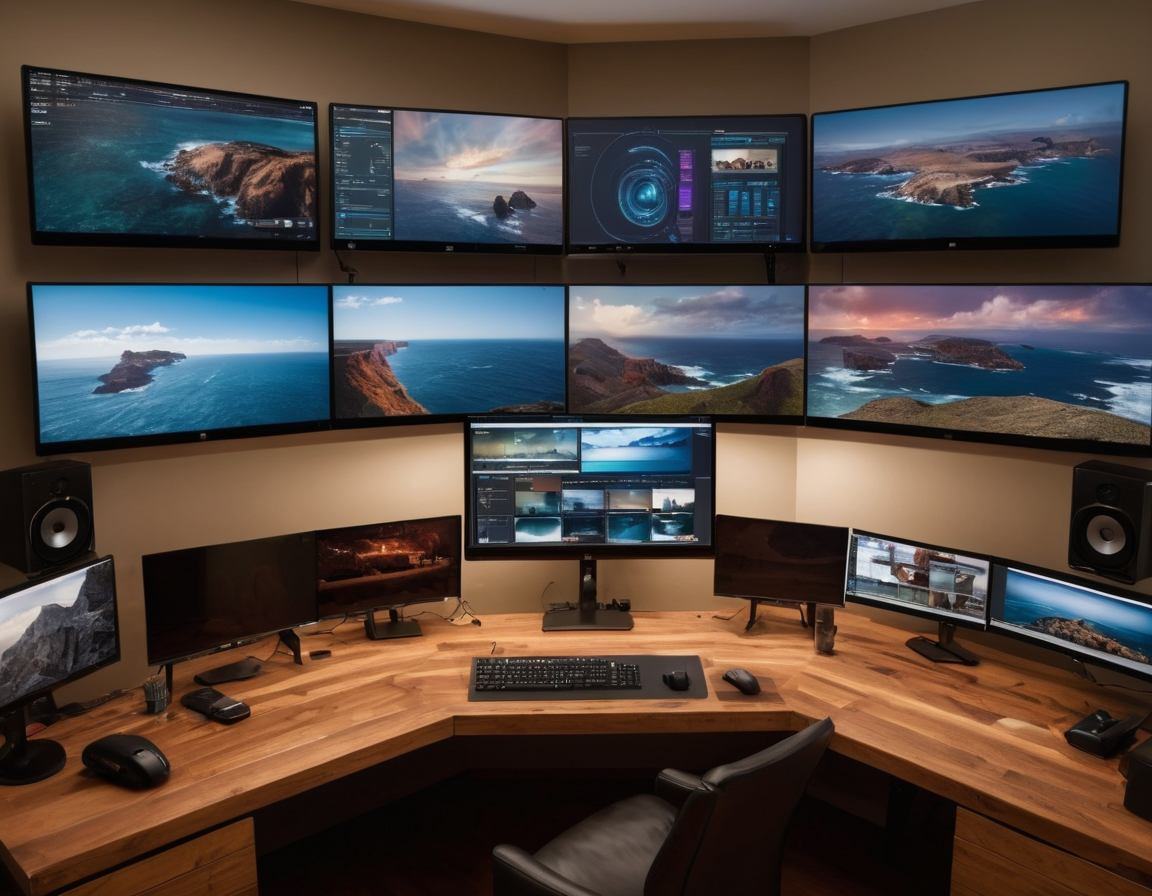Navigating the Internet Speed Spectrum: Is Faster Always Better?
Understanding Internet Speeds: How Much Do We Really Need?
In the fast-paced digital world, internet speed is crucial for keeping up with the latest trends, conducting business, and staying connected. But with options ranging from 100 Mbps to 1 Gbps, and even 10 Gbps, the question arises: how fast of an internet connection do we actually need? In this post, we’ll explore the different tiers of internet speeds and their practical applications to help you decide what’s best for your needs.

What Does Mbps and Gbps Mean?
Megabits per second (Mbps) and gigabits per second (Gbps) are units of measurement for network bandwidth and throughput. They indicate how much data can be transferred each second online. While 100 Mbps might be sufficient for basic tasks, higher speeds like 1 Gbps or 10 Gbps are becoming more popular for intensive use. But do these speeds translate to a better experience, or are they simply overkill?
100 Mbps: The Standard for Everyday Use
For the average internet user, 100 Mbps is often enough. It allows for smooth browsing, streaming in HD, and moderate file downloads. However, as more devices connect to the internet and media quality increases, users may find themselves needing more bandwidth.

1 Gbps: The High-Speed Highway
Entering the realm of gigabit internet, 1 Gbps is a significant leap from 100 Mbps. Ideal for heavy streaming, gaming, and simultaneous device usage, it’s quickly becoming the new standard for tech-savvy households and small businesses.

10 Gbps: Future-Proofing Your Connection
At a stunning 10 Gbps, internet speed reaches new heights, accommodating advanced requirements such as 4K video conferencing, virtual reality applications, and massive data transfers. While not yet widely available or necessary for most users, this speed tier offers a glimpse into the future of connectivity.

Matching Speed with Need
Decision-making comes down to matching speed with need. Consider your internet activities, the number of users and devices, and the types of content you engage with. Remember, faster speeds come at a higher cost and may not bring significant benefits if your usage doesn’t require it.

Conclusion
In conclusion, while it’s tempting to aim for the highest possible internet speeds, it’s essential to balance desire with practicality. The key is understanding what you use the internet for and selecting a speed that aligns with those activities. Whether 100 Mbps, 1 Gbps, or 10 Gbps, the right speed for you is out there.
Are you considering an upgrade, or have you found your sweet spot in internet speed? Share your thoughts and experiences with us below!






